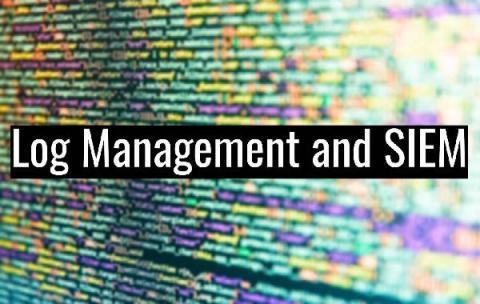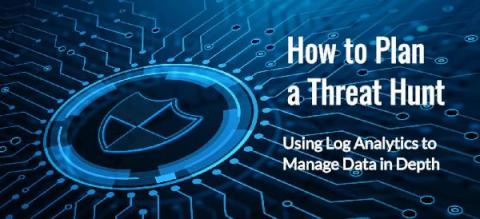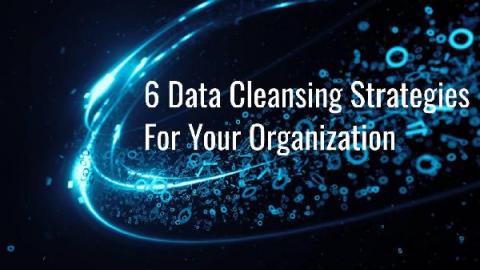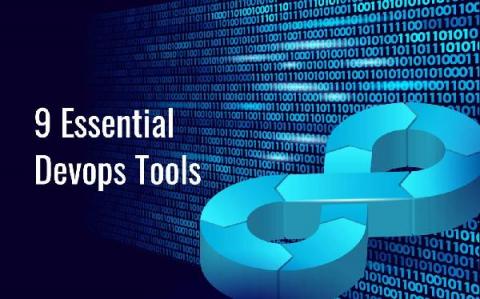Why Midsized SecOps Teams Should Consider Security Log Analytics Instead of Security and Information Event Management
If Ben Franklin lived today, he would add cyber threats to his shortlist of life’s certainties. For decades, bad guys have inflicted malware, theft, espionage, and other forms of digital pain on citizens of the modern world. They seek money, celebrity, and political secrets, and often get them. In 2020, hackers halted trading on the New Zealand stock exchange with a distributed denial of service (DDoS) attack.











